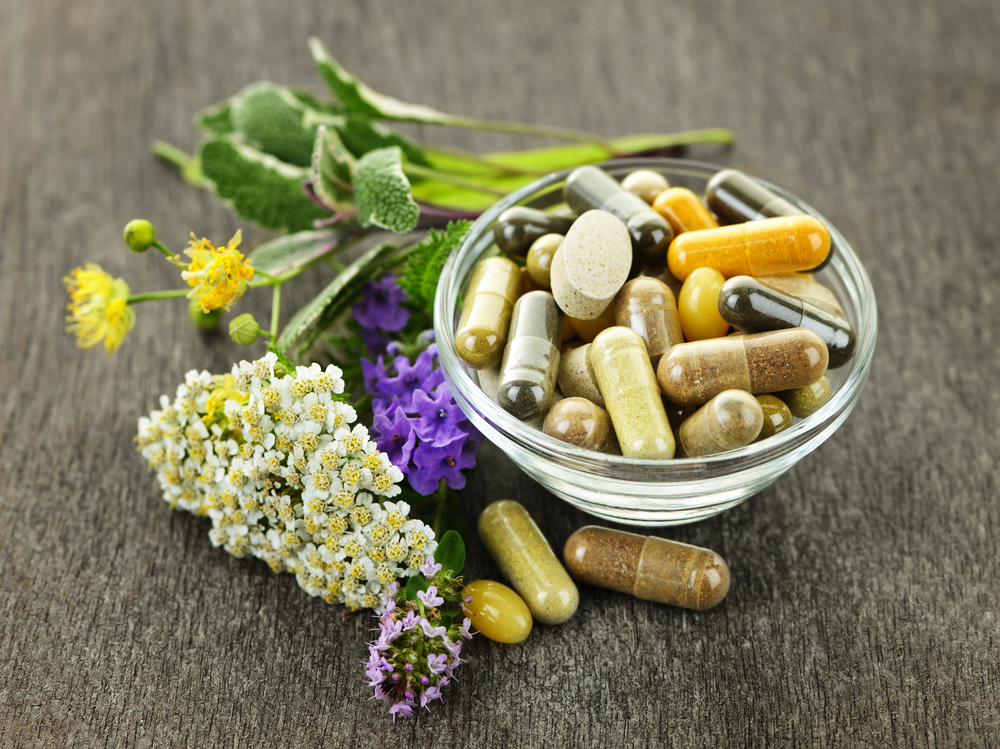Pesticide contamination in foods is an escalating concern in modern agriculture. Pesticides, substances used to eliminate or control pests in agriculture, range from herbicides and insecticides to fungicides and rodenticides. These chemicals, while effective in pest control, pose potential risks to human health and the environment. Pesticide regulation varies globally, with agencies like the EPA setting safety levels and monitoring residue limits. The Environmental Working Group (EWG) publishes the “Dirty Dozen” list annually, highlighting fruits and vegetables with the highest pesticide residues, emphasizing the need for consumer awareness and safer farming practices.
The Impact of Pesticides on Human Health
Pesticide exposure can result in both acute and chronic health effects. Acute exposure may lead to immediate symptoms like headaches and nausea, while chronic exposure, even in low doses, can have long-term impacts including cancer, hormonal disruption, and neurological disorders. Vulnerable populations, notably children, pregnant women, and the elderly, are at greater risk. The cumulative effect of long-term exposure is concerning, as it can lead to significant health issues over time. Specific pesticides have been linked to particular health concerns, necessitating a detailed understanding of these risks.
Analysis of the “Dirty Dozen” List
- Strawberries: Often topped with pesticides to combat fungal infections and pests.
- Spinach: High levels of permethrin, a neurotoxic insecticide.
- Kale, Collard & Mustard Greens: Contain organophosphates, harmful to the nervous system.
- Peaches: Frequently treated with multiple pesticides for their delicate skin.
- Pears: Vulnerable to a variety of pests, leading to significant pesticide use.
- Nectarines: Similar to peaches, they often carry residues from various pesticides.
- Apples: Long-standing members of the list due to the array of pesticides used.
- Grapes: Fungicides and insecticides are common on these fruits.
- Bell & Hot Peppers: High pesticide residues, including neurotoxic chemicals.
- Cherries: Multiple treatments are common during the growing season.
- Blueberries: A variety of pesticides are used to maintain quality.
- Green Beans: Often treated with organophosphates and other insecticides.
Comparing these data with previous years highlights trends and changes in pesticide practices.
The Role of Farming Practices in Pesticide Residues
Conventional farming often relies heavily on chemical pesticides, whereas organic farming prohibits most synthetic pesticides, leading to lower residue levels. The method of pesticide application significantly affects residue levels. Integrated Pest Management (IPM) offers a sustainable approach by using a combination of biological, cultural, and chemical practices to manage pests with minimal environmental impact.
Washing and Preparing Produce to Minimize Pesticides
Washing produce can reduce pesticide residues, though it varies in effectiveness based on the type of pesticide and produce. Commercial washes may offer slight advantages over home remedies, but neither can remove all residues. Peeling can help reduce exposure, but it also removes beneficial nutrients found in the skin of many fruits and vegetables.
Strategies for Consumers
Consumers can mitigate risks by making informed choices, such as selecting organic produce when possible, especially for items on the “Dirty Dozen” list. Emphasizing a diverse diet can reduce the risk of high exposure to a single pesticide. Supporting local and organic producers can also encourage more sustainable farming practices.
Conclusion and the Way Forward
The discussion underscores the importance of ongoing research and monitoring to understand the full impact of pesticides on health and the environment. Advocacy for sustainable farming practices and stricter regulations is crucial in promoting a safer food supply chain. Emphasizing consumer education and supporting research in safer alternatives can pave the way for a healthier, more sustainable future in agriculture.









